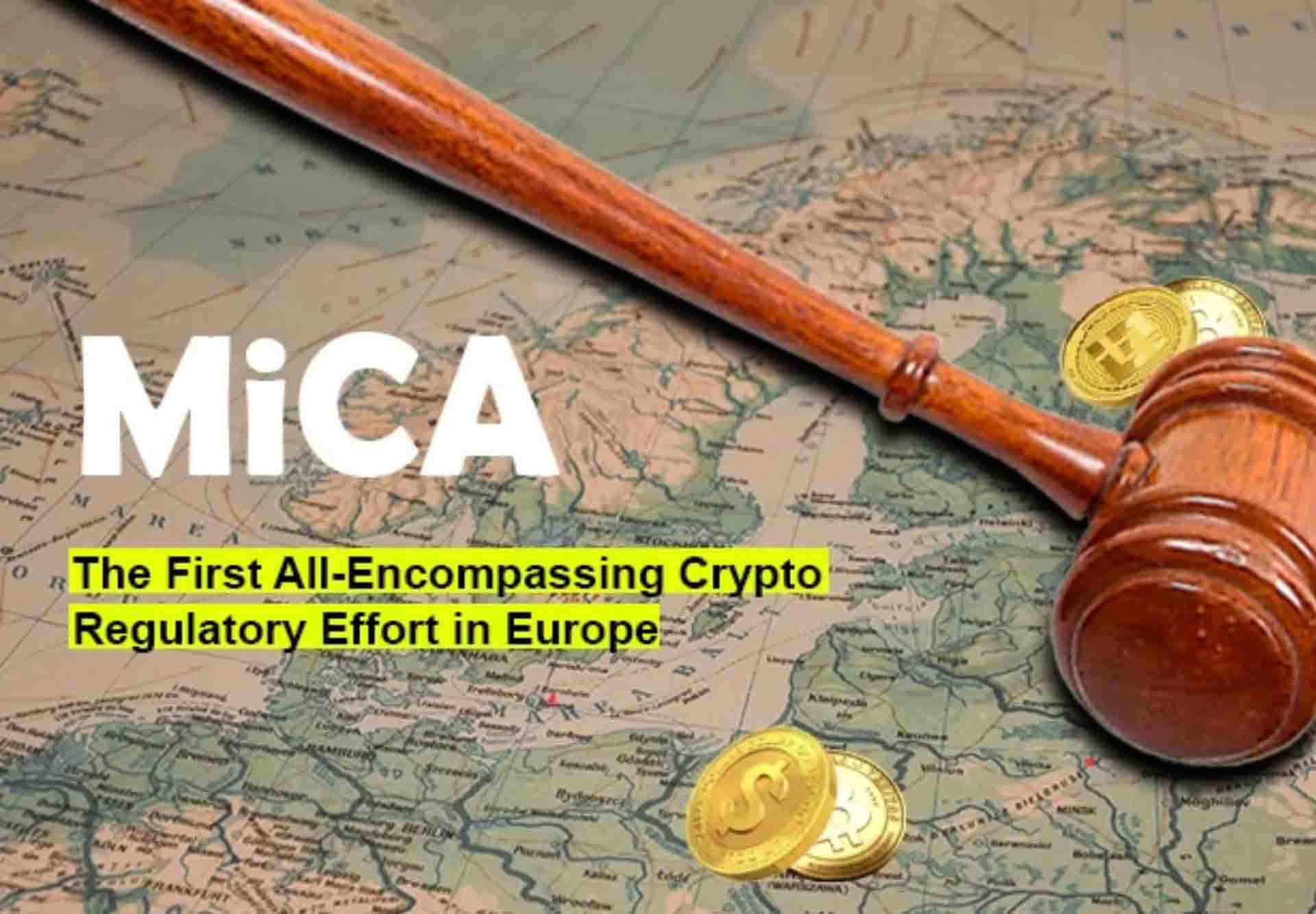In a recent discussion with Vishal Sacheendran, who oversees operations in MENA and Europe at Binance, he shared valuable information about the forthcoming Markets in Crypto Assets (MiCA) regulatory framework in Europe. Vishal, a veteran with regulatory experience in Abu Dhabi’s financial sector, clarified that MiCA offers a broad suite of regulations for digital assets, classifying them as financial services. He stressed the harmonization MiCA will bring to the registration and anti-money laundering processes for crypto asset service providers across Europe, enabling license reciprocity across the continent.
On querying the influence of MiCA on Bitcoin specifically, Vishal revealed that MiCA does not distinguish among various digital currencies; instead, it treats them all impartially. He added that while MiCA is not the pioneer regulatory framework worldwide, it is Europe’s debut and mirrors what the UK is working towards with its regulations.
Speaking about the consequences for businesses functioning as crypto asset service providers (CASPs), Vishal expressed that regulation will hinge on the services offered, not on the asset class. “…your capital requirements, your risk management strategies, everything revolves around the services you are providing.” Services like custody, trading platforms, and advisory will carry specific prerequisites and risk mitigation measures.
Vishal also touched upon the variability of MiCA regulation based on the size of the service providers. Bigger providers will be subjected to stringent capital and governance checks to assure consumer protection. He signaled that additional guidelines regarding marketing strategies and management of stablecoins and NFTs are forthcoming. “Likely, unique mechanisms will be devised for them in the future, but not just yet,” Vishal noted.
On comparing Europe’s regulatory environment with that of the U.S., Vishal underscored that regulators often lag behind innovative advancements, and it is the vitality of innovation that propels the industry. He is of the opinion that Europe’s crypto-friendly regulations have been enticing firms and anticipates more players to establish their operations in the region. “An influx of innovative startups offering new, innovative products or services is inevitable,” Vishal asserted.
In the context of MiCA’s global impact, Vishal proposed that other regions might mimic such regulatory postures or assimilate facets of MiCA into their own laws. Nonetheless, he pointed out that fostering a skilled talent pool within the industry is equally essential for its evolution.
For everyday digital currency users, Vishal emphasized that it’s crucial to comprehend that under MiCA, industry firms are now classified as financial service providers. He also highlighted the significance of the ability to reciprocate licenses and cater to the larger European market from a single hub.
To summarize, Europe’s MiCA regulation seeks to provide a thorough framework for overseeing crypto assets as financial services, promoting uniformity and consumer protection in the industry. Although some elements are still in the pipeline, MiCA is anticipated to become law by the end of next year, which could potentially influence the global industry.

